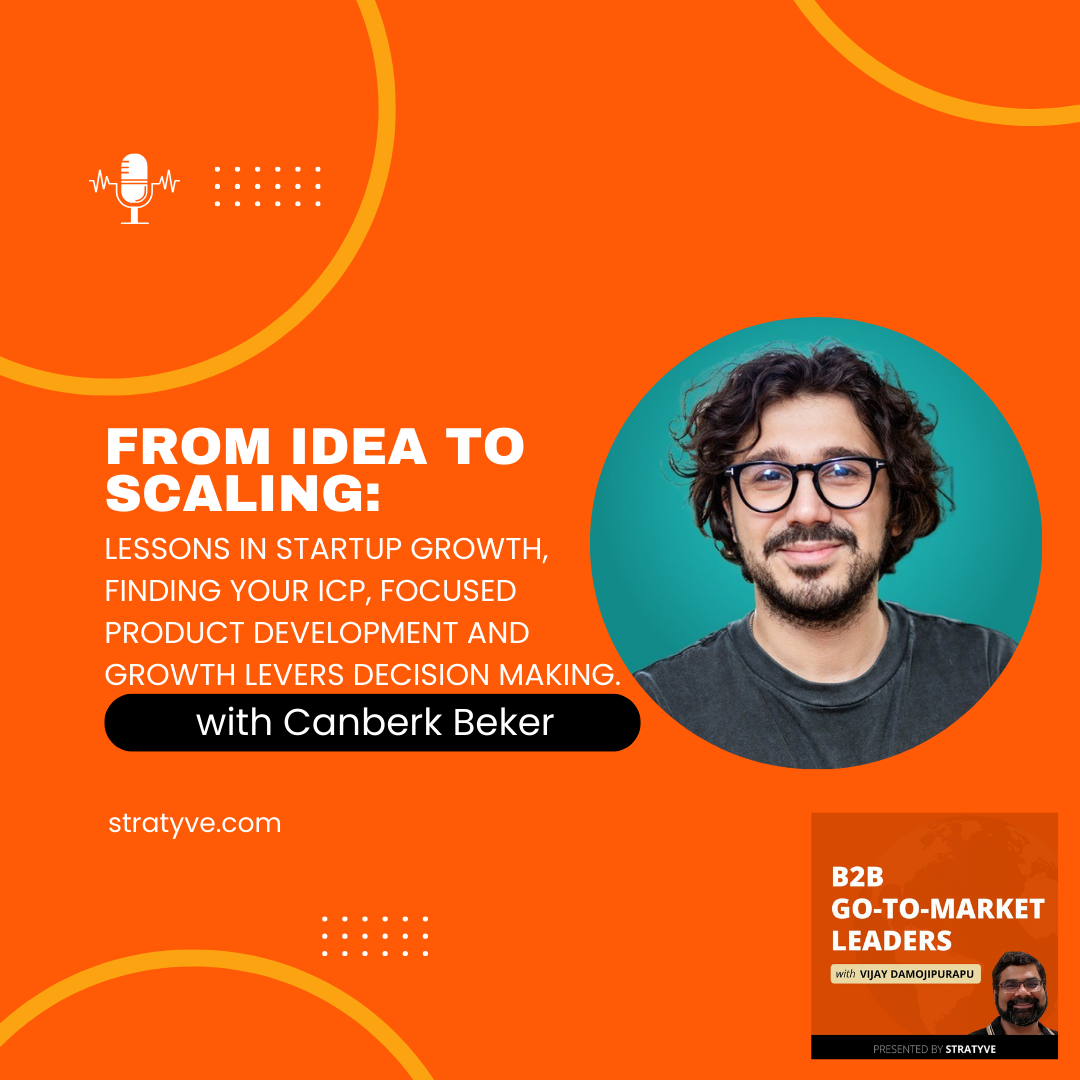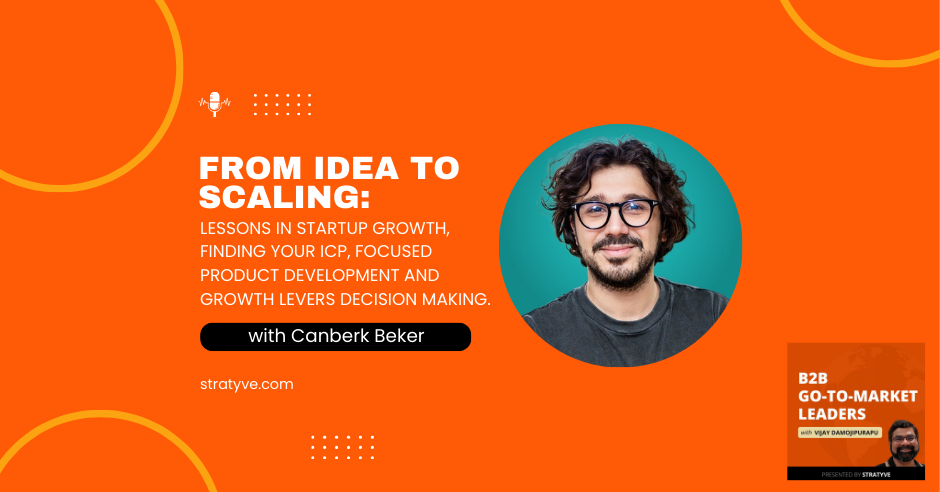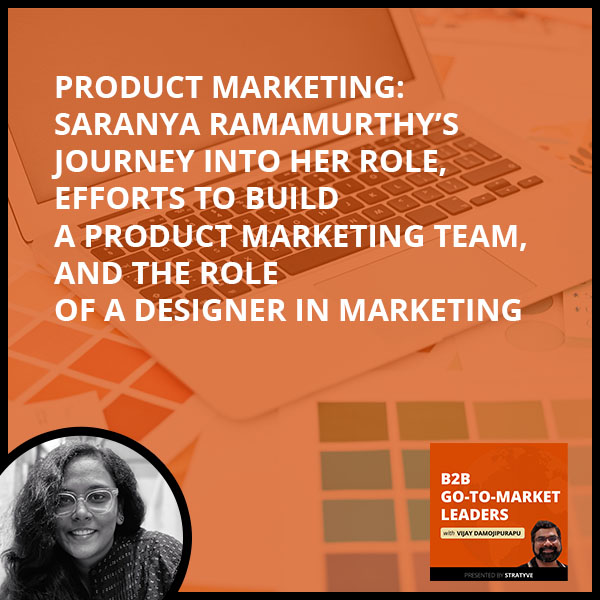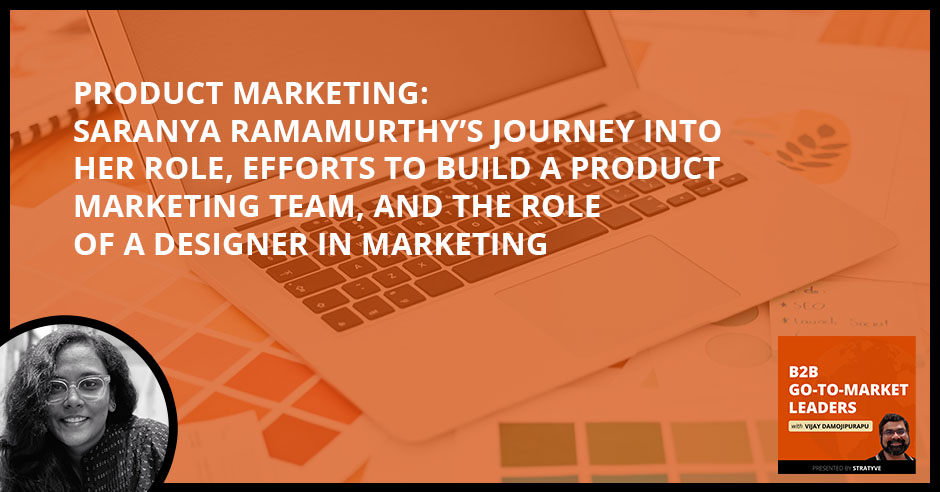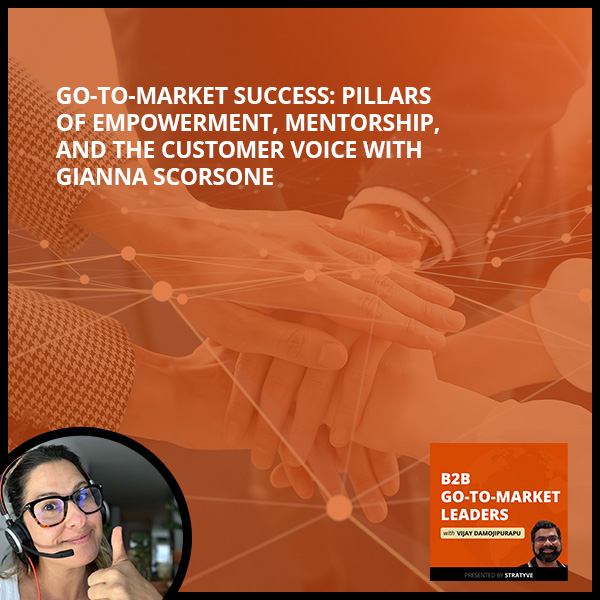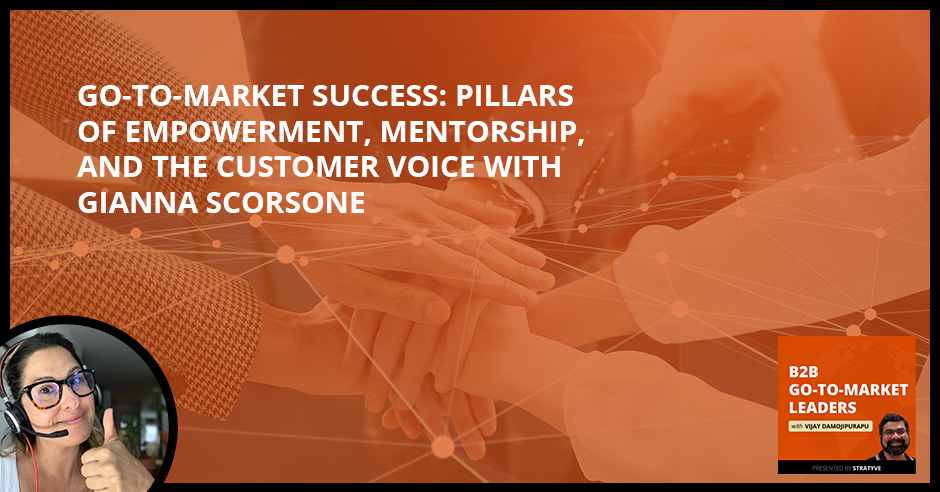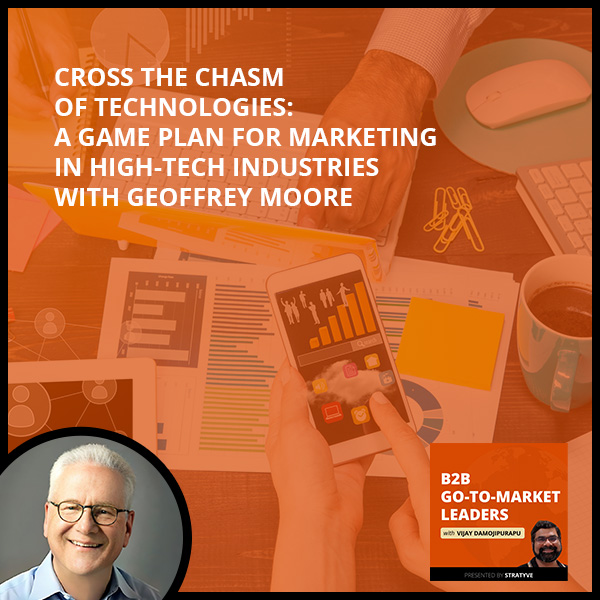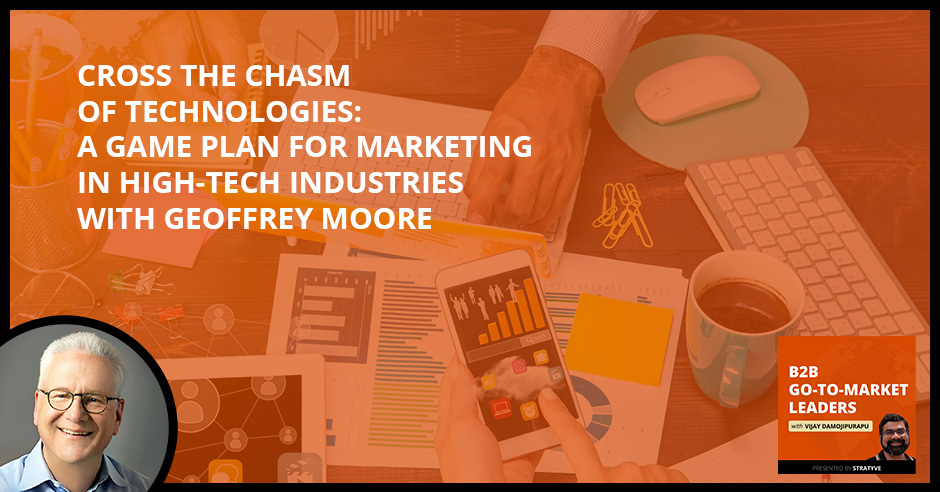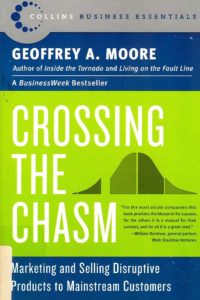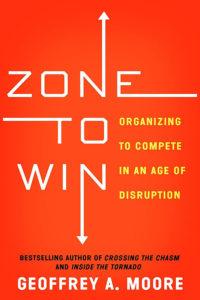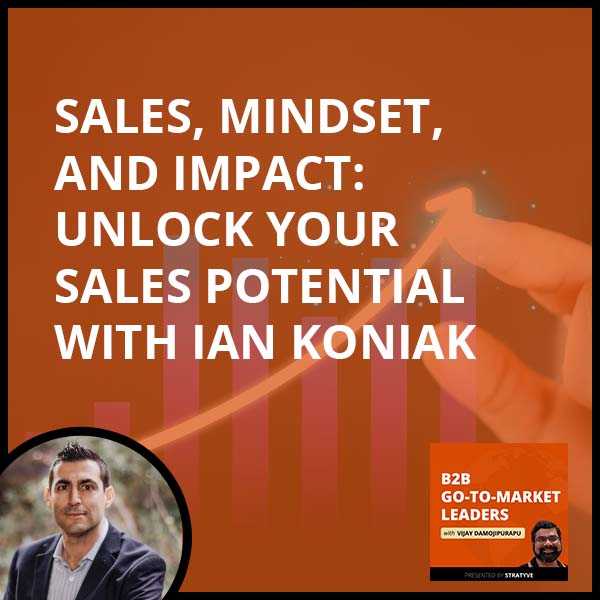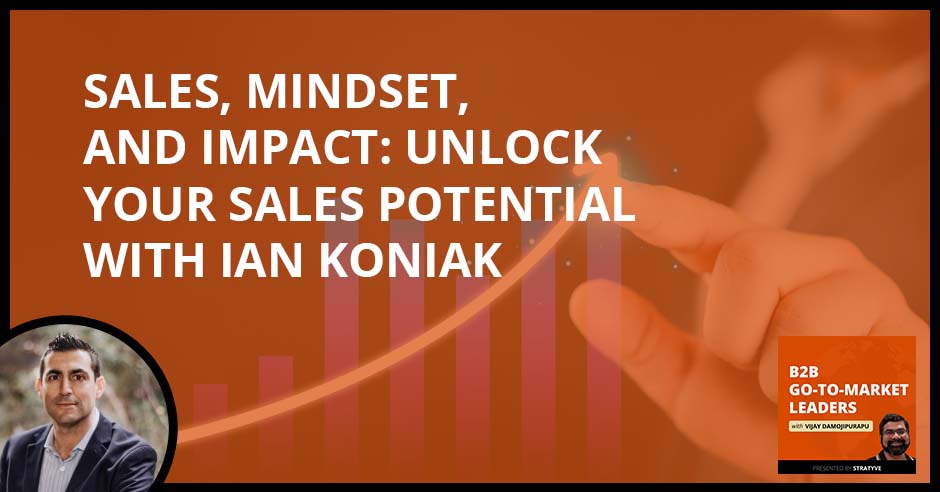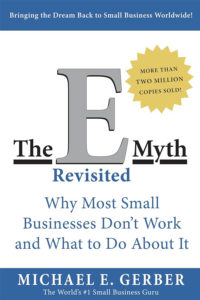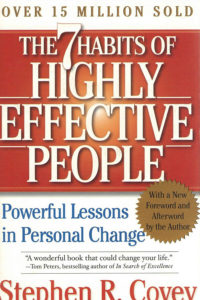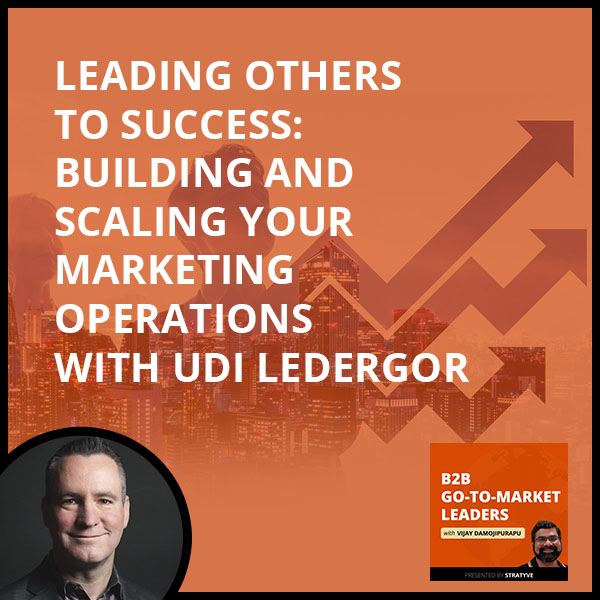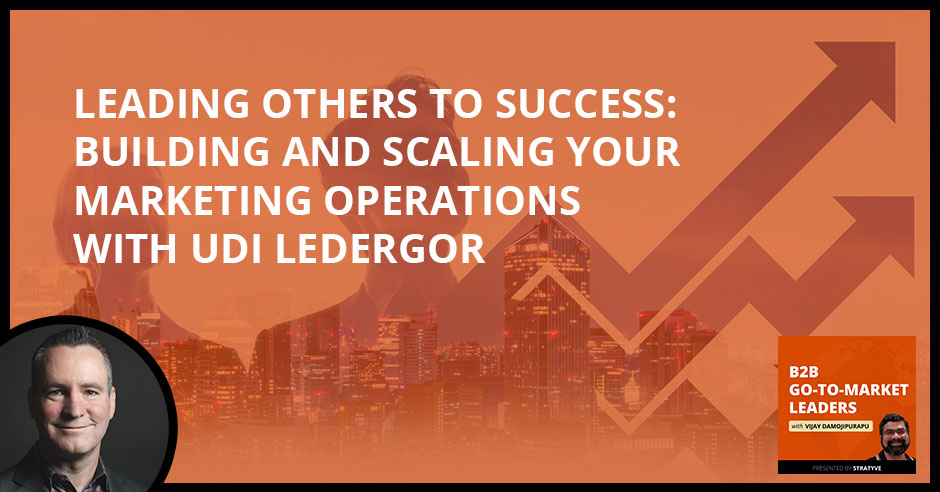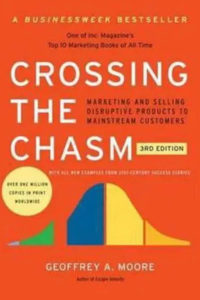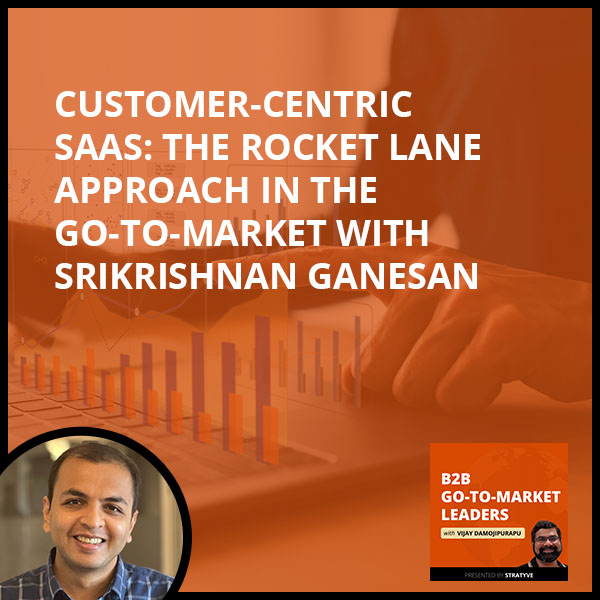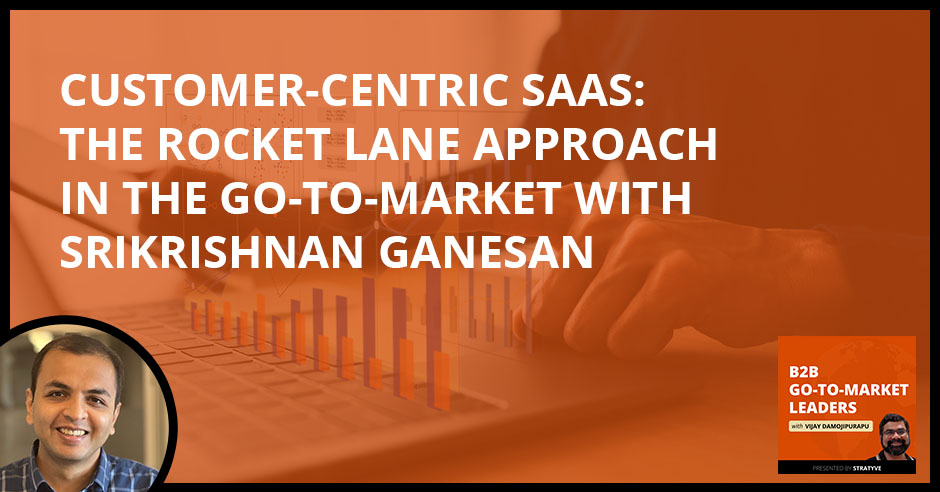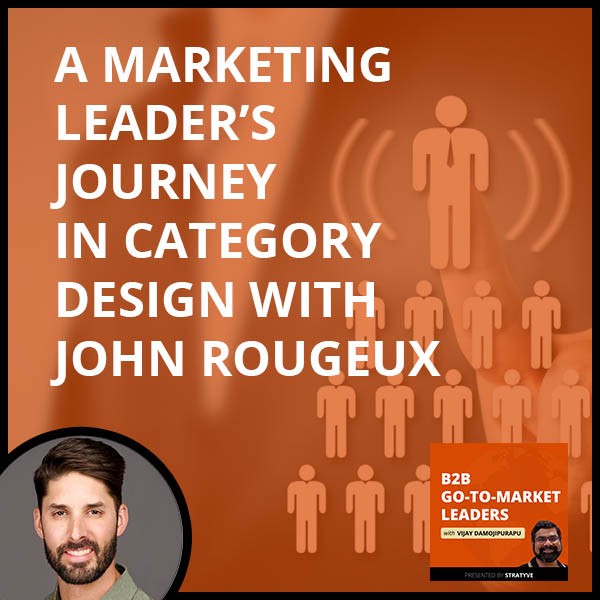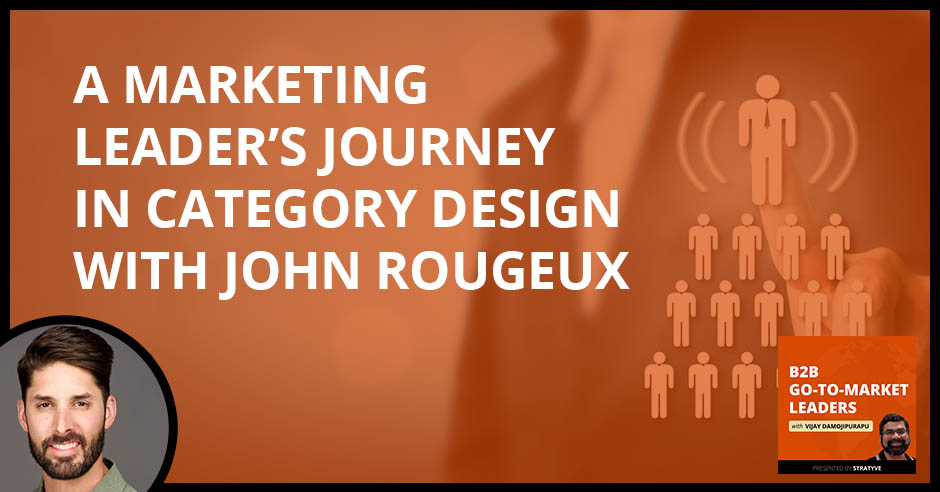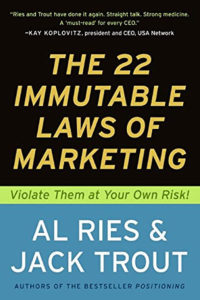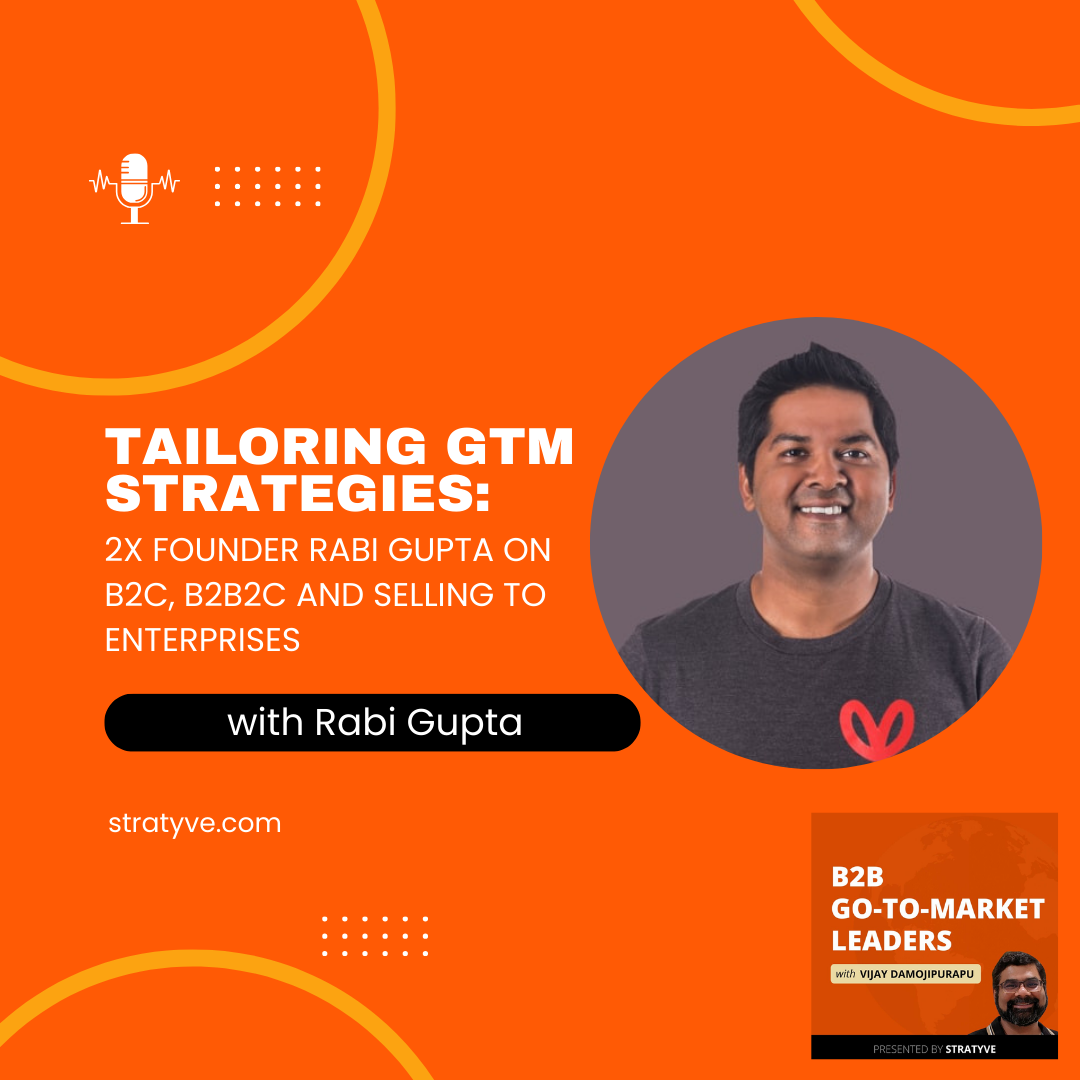
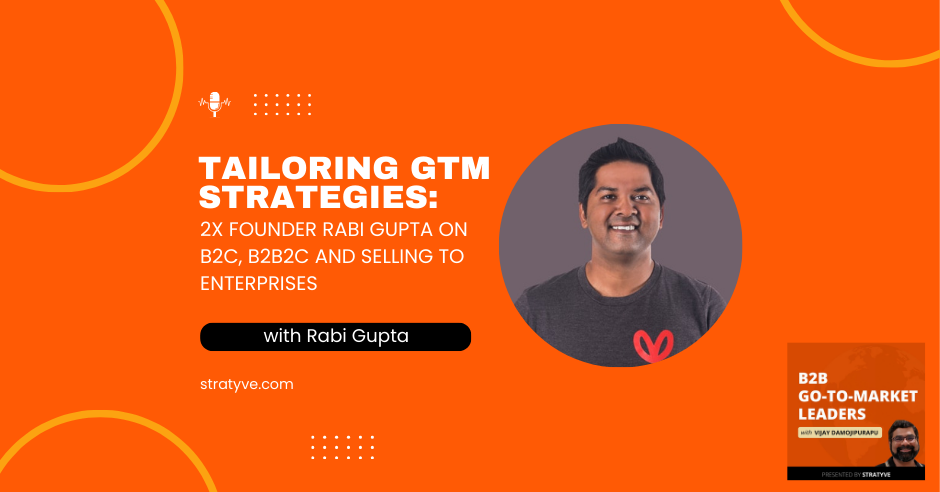
By delving deep into the nuances of your product, market intricacies, and understanding the needs of your customers, you pave the path to unparalleled success.
In this episode, Rabi Gupta, cofounder and CEO of EvaBot (Eva AI) delves into the intricacies of go-to-market (GTM) strategies. With a wealth of experience spanning consumer products, B2B sales, and enterprise solutions, Rabi Gupta shares invaluable insights gained from overcoming setbacks and seizing opportunities.
He also sheds light on the different flavors of GTM and discusses the critical success factors essential for launching and scaling businesses in today’s competitive landscape.
Learn from Rabi Gupta’s triumphs in sales success, as he reveals the essential factors that drive GTM effectiveness, empowering entrepreneurs to overcome challenges and achieve their goals!
Tailoring GTM Strategies: 2x Founder Rabi Gupta on B2C, B2B2C and selling to enterprises
Let’s step back and address and look at a much bigger perspective and journey and question around. How do you view and define go to market?
Yeah, it’s, it’s very interesting, because I mean, I’ve had like, three different type of products in my life until now, 11 years of being an entrepreneur, the first product was more like a consumer product, which we sold, you know, it had like, 5 million monthly active users in India back in like 2011, 2012. Then I had my second company, which was a, which is still what I’m doing. But it’s like the third product, like it’s another product in the company. The first product we had was more like AI for corporate gifts. And there, we started more as a viral product product lead growth. But there we learned a lot about, you know, b2b marketing. From there, you know, we started getting into sales processes, so build like mid market sales motion. And then from there, we start getting inbound into enterprises. So I started getting into enterprise motion. And, you know, in the last one, one and half years when things got really, really tough for salespeople, and for a lot of sass companies, including ours, and then, you know, this, this new ray of hope, which was like AI came into picture, we started building a new product.
Because we were trying to sell to enterprises in a very tough market, we learned a lot of things like learned a lot of challenges that sales teams actually face. And then when this new AI came out, we realised that there are a lot of interesting ways in which some of those fundamental problems could be solved. And so our journey has been like, right through from consumer to like, you know, in a b2b to see and then from there, actually getting to b2b. So, I’ve seen a lot in terms of GTM.
Yeah, now, that’s what is unique about your background, you’ve seen b2c, you’ve seen b2b, b2c, and you’re seeing now you’re doing like b2b. So what do you think are the different flavors? I mean, have you found like, Hey, this is how and what I believe is go to market? And how are you helping shape your company and team around that?
Yeah. So again, like for different types of products, go to market can look completely different. You know, if you if you are in a consumer space, then you have to, of course, look at some sort of virality, and, or social, you know, things in the product that automatically help you grow, because, you know, paying Google and Facebook to help you grow is not sustainable at all in consumer space. So there needs to be some sort of either partnership. So just one example like, when we were doing a couch app in India, we built a very cool feature, where, you know, as you know, it had like, a lot of chat rooms, for people who are watching TV shows, right? So we had, we used to generate a ton of content around those TV shows and all of that. So then we went on and partnered with, like, these TV channels, which used to show that content as a ticker on TV when the show was live. And that gave us a lot of organic users, right? So things like that you have to think about when you’re in consumer space. When you do b2b to see because we came from a consumer space, we had a lot of ideas about, you know, how do you build a motion that kind of gives you virality in the product, right? So we did that and you know, so when we build this AI for corporate gifts, we try to create such a unique experience.
In the gifting process, the person who received the gift remembered us even after like, three, four or five years, I remember the experience. So that gave us a ton of, you know, fortune 500 customers, right? For example, we started with real estate. And in real estate, you know, real estate agents are sending gifts to all these people who are buying houses, right. And all these people who are buying houses are working for some good company, right? And so we got Microsoft from there, because one person worked at Microsoft, he told his assistant, his assistant then called us and then, you know, we Microsoft became like, 100k account right for us. So things like that happened in that space. But then so so when you’re doing a product, lead growth, things like that is very important that you know, every person who is experiencing your product, they should really like it and have a very unique experience and talk about it and helps you expand.
Right!
Then the final frontier is actually enterprise sales, where you just do like outbound right, and you have to try to convince people and that is completely different than every other thing right? There, what we have learned is, you know, it’s all about building trust. I mean, a good product always helps, you can never win without a good product. So a differentiated product, a great product that solves a particular pain point is always helpful. But on top of it, you also have to do a lot of these relationship building things, you know, building trust, and then you have to be more patient, right? Things don’t close in like a day. Yeah, that’s the biggest challenge.
For sure. I think, if I had to summarize, I mean, clearly, I won’t do justice. But the way you articulated actually told a chair Dr. GTM experiences across b2c, b2b, b2c and b2b. I think the common thread if I had to summarize is one is definitely you need to have a good product slash service that consumers or customers love, the users love that that’s one thing, and it should make the life easier. You did also touch upon one point, Rabi, which is to focus on one thing, one problem and then do it well, that leads to building the virality aspect. And then in terms of like growth, how can you now network/multiplier effect growth, and especially in organic and consumer, the example that he used of sharing user generated content with the TV channels? Right, all these are clearly unique aspects across like product, marketing, revenue, customer services, and eventually tying it to the problem with a specific user.
That’s correct. Yeah. Yeah.
Fantastic. So I’m actually eager and excited now all the more not that I was not but even more given your varied experiences. So let’s take a step back now, Rabi , and then why don’t you share with our listeners your career story? You’ve done your undergrad at BIT in Ranchi. Is that right?
So BIT, this college is in Meerut. Okay? Yeah, it’s not BITS, BITS is different. So this is BIT in Meerut, I studied there. Luckily, I have two very good friends who then became my co-founders from college. So yeah, I mean, like a lot of great things happened there. And then after college, I worked at Wipro technologies for like, two and a half years. But during our college, we had a senior who was very involved with entrepreneurship. And we used to like, you know, just be very curious about like, both me and my other co-founder Satwick was with me, we both used to be very curious about like what is this like what is entrepreneurship and like? So he went to IT Bombay. At that time, IT Bombay started this Eureka business competition and he won a five lakh rupees prize and we were so amazed by all of that.
And so both me and Satwick, we wanted to build a company but after college, we just started working right. But two, two and a half years, I was like, No, I really want to do something. And because 2008-2009 was the time when the internet was really the internet, startups like Flipkart and all those guys were picking up right so there was some ecosystem getting built with some angel investors and all of that was happening right. So then we decided to just jump on at that point Satwick didn’t join but my other friend from college Ashish, both he and I like we both started this company. And then we raised some series like some small funding from Morpheus accelerator, raised some angel round, you know that Rajan Anandon like who right now works at Sequoia India. So we did, we did all of that and we built the product to like 5 million active users profitability. It was like a very hard journey. I mean, because like, it was a very young ecosystem. So everything was hard hit getting the right people.
And you’re referring to the I-coach app at this point, right? At this point?
Yeah. Anyways, we did it for like four or five years, then eventually sold it to another company called Video Li, which was trying to expand into OTT space. And during that time, we were building on other video apps. And some of my friends told me to go and visit Silicon Valley. And I was like, Okay, I have a US visa, because that was the one thing that we provided for me was getting a US visa. Yeah. So I just came here. And I, as soon as I landed, I just loved this place. I was like, Oh my God, I didn’t even know that a place like this exists in the world. And I was like, I want to live here. Right? So. So what I did, like, I struggled, like for six, seven months stayed at Airbnb, we were building some apps at that time. But I was meeting a lot of people. And I wrote a blog post about my whole journey of moving to Silicon Valley on a business visa, and trying multiple things that got some views that got picked up by your story and other other publications. And then somehow, like, you know, few angels actually contacted me like, hey, you know, let’s catch up.
So I met these angel investors, and like, I was able to raise 100k. And they just invested in me like, and there was like, really surprising about Silicon Valley. They were like, I don’t know what you’re doing, whether it will work or not, but I like you. So I will just invest 50k. I said, Wait, so, so I got 100k. And I’m like, okay, 100k is good enough to get started in India. Right. So I went back, built this small team, with my same co-founder, but then, at this time, Satwick, also joined me who was working at Hotstar at that time. And then like the three of us thought, you know, let’s start a new company. So then I in Satwick, we both came to us, again on business visa. And we thought, you know, what could we build? So one of the ideas was, hey, you know, let’s build something in gifting because we don’t have a relationship or network here. And the fastest way to build a network is to give someone something.
Oh, wow. Okay.
We had a very weird idea. And then we thought, okay, we are both very bad at gifting. So how can we make the experience cool, right? Can we make it very simple? Yeah. And so we came up with this idea of Chatbot. Because during 2016-2017, chatbots were very popular. So we built a chatbot that used to ask questions from people and collect their data. And we made it very emotionally intelligent. So for example, if we just met, after meeting, I’ll send you a link. And I’ll say that hey, you know, thank you for the meeting. I just want to gift you something small. Just chat with this spot to get your gift. We realized that kind of, first of all, creates curiosity, right creates curiosity in the gift receivers mind.
And second of all, they were able to share all the details, because it was not an awkward conversation. Right? If I asked you right now, I want to give you a gift, like tell me something about you. It’s very awkward, right? So the bot used to ask all the questions like Do you have kids? Do you like wine? Do you like coffee? Like what type of coffee you like us to ask all the questions. And we had a 99.9% chat completion rate. So that thing started picking up really fast, because if I send you a gift like that, you like the experience, and you’re like, hey, I want to use it for my team, I want to use it for me.
And that’s how it started growing. But then when we started doing sales, we picked like an industry we first picked real estate and mortgage because we saw very repeat behaviour there that every time there is a closing, they want to send a closing gift. Yeah. So it started picking up really well in real estate and mortgage and then through virality, we got into Microsoft, Cigna, like a lot of these big companies that are customers.
Yeah, so actually quite a few nuggets over there. I can dive into many of those points. But one thing I want to get your thoughts on is how did you nail on real estate and mortgage or real estate? Audience?
Yeah, so by that time, we had raised money from Bloomberg Beta, Precursor Ventures and, and you know, they are like very smart people, right? So they were telling us that, hey, you know, BLG is good, but you’re doing it in a very generalized way. You have to pick a vertical and grow really deep in that vertical. So of course, it was growing randomly where there was no focused path to growth, right. So they told us to do that. And then we started exploring, okay, what are the areas where we can go and because we didn’t come from a sales background, we knew that we cannot do door to door sales or like in person sales, right? So, Satvik had some experience with marketing. So we thought, let’s put ads on Facebook and see which industries like this idea, right? And when we started doing that naturally, we saw more and more real estate people coming in through ads. And then we thought, like, why are they coming in, then we because we didn’t understand the real estate context in the US, right?
Then like, our investors told us, oh, real estate agents, they, whenever they close a house, they want to send a gift. And I was like, Okay, that’s cool that there is a repeat behavior. So that’s how we picked that and what happened was because real estate agents were also sending gifts to their mortgage friends, for referrals, right. From there, it started going into mortgage as well. And in August, then we saw that there are a lot of big companies like Guild Mortgage, you know, loan depot, fair mortgage. So, we started getting, then we started selling into mortgages, right. So from pure marketing, it started becoming more of a sales motion. In mortgage. That’s how we got into the mortgage. Yeah.
Got it. Yeah. So that was during what? 2017,18, 19 till COVID time?
Yeah, after COVID. So during COVID, we started doing the sales motion in mortgage. It scaled really fast at that time. On the back of it, we raised our Series A.
Got it. Okay, and, but that was not. So that was VZ. That was a gifting. Evabot. Yeah.
VZ, was more like, you know, a company name that we then later changed to Evabot.
Got it. So it was Evabot, and then you had to pivot. After that.
We pivoted Yeah, in the last one and one and a half years. So the gifting side was going well. But as soon as this, like the tech recession, and the ZURB era ended, first of all mortgages got a huge hit mortgage and real estate. So our revenue started dipping there because it was mostly usage revenue. The more you pay, the subscription was only 20%. So that was one reason. The other was all the big companies we were already targeting like Microsoft, you know, Cigna, they all had some sort of budget cuts or budget free fees, right? So we realize that, you know, it’s nice to have business, right? When the times are good, it will come back again. So, either you wait it out, or you build something new. And because in a startup, you always want to keep growing you don’t you never like.
Right.
And there was this new AI. So both things combined, right like that. Okay, there’s a new opportunity as well. So we are trying to sell to mid market enterprises, we are seeing a lot of challenges. So we have an understanding about the problems in this space. Yeah, that kind of gave us good enough confidence to build something in this space.
Fantastic. And then, depending on comfort level, like what revenue point did you have to pivot? What were you clearly starting from zero to x number of dollars?
Yeah. So with the gifting business, we crossed $10 million in total revenue, it was doing between four to $5 million in revenue, when we raised our Series A, it got to like almost half at this point, like it is still like the organic customers are still using it, but it is it is half of that. So we realized it as soon as it started dropping down. And like in the past one, one and half years, it’s more like starting up again.
Right. Right. And then something else that caught my attention, right? I mean, it goes back to having a good set of angel investors to always guide you and have faith in you. So going back to your point, when you came to Silicon Valley for the first time, people were just coming, reaching out and saying, Hey, I invest in you. Right. And that is a testament to the success you had with Ico chap. If you didn’t have that no one would reach out to you.
For that, that was one part. The other part was, of course, you know, when you meet you share your ideas and like with angels and like early seed stage investors, of course, because I had done one startup like I had some wisdom. And I did not like making rookie mistakes. So that helps. But yeah, I mean, yeah, if you have done one startup and you have failed miserably, that’s also a great thing to get started again!
For sure. And then the other point, the reason why I asked in terms of how you identified and arrived at mortgage, right, I think you also mentioned about Bloomberg, 1 of your investors or advisor, so, so my Uber point, Rabi is having good set of investors and advisors is really key in terms of when you’re facing a roadblock, or you’re hitting a wall or you don’t know what to do. And that’s my thought process, or that’s what is my takeaway, what would you say to that?
So two points. One is, you know, first of all, investors should be supportive. Right? Yeah, that is always like, number one. And, you know, we are fortunate that, you know, 99% of them are, especially during tough times, I mean, like, good times, everyone is happy. Sure. Yep. The second point is, yes, investors can definitely, you know, really help so, so, you know, we keep them updated, like, if not every month, because, you know, if things are hard, then you try to keep them updated every quarter, right? And you try to meet with them every once in a while. And like, try to, you know, share the problems and get some insights, also your board, in our case, Comcast is on board. So the board should also be pretty supportive of whatever you’re doing. I think that gives you the space to experimentation and make mistakes. And yeah, but sometimes, if you’re stuck with an investor who has, who is very opinionated, and also kind of controls the board, then it can become very hard. For sure. Yeah.
So switching on a lighter note, what does your family think about what you do? How do they describe you? Or how would they describe you, either your kids or wife or parents? How would they describe you? Your varied journey throughout?
Oh, that’s a very interesting question. I think I always try to be thoughtful about everything. So yeah, for me, you know, everything is important, like my friends, like family, work. So I try to give time to everyone. Like, luckily, my friends are also working with me. So you know, kind of that, you know, the world takes care of that as well. Sometimes. For family, as you know, in the US, you have very little support so my parents.. My mom is in India. So yeah, I mean, like, you have to then spend time with your kids and wife because there is no other option.
How would your kids describe what they think that you do for a living? Your kids?
Oh, my kid is just three years old. So he doesn’t know. He just knows that. Whatever I tell this guy he will do.
I got it. Very cool. All right.
So let’s go back to what you do today at Evabot. So why don’t you explain or just share a quick overview of who you serve? And who are your customers? And why are they buying your service and products?
Yeah, so, as I said, like, when we, when we started pivoting to this new product, of course, it was more like starting from zero, right, like, So, you have to do all the basic things, right, like, have an idea and then validate the idea, then kind of build something, talk to potential customers learn from them. So all of this takes time. So in the past, I would say six to nine months, we learned a lot about, you know, specific challenges that for example, our ICP is biz dev people like BDR, SDRs, AES right. So, we are sending to their head like VP of sales or head of biz dev or CRO, what we have learned is that most of the products in the market today try to sell tricks to salespeople that seem like, don’t worry about fundamentals, follow these tricks, you will get some leads.
So everyone is just focused on tricks plus leads and like what are these tricks tricks are more like, oh, this person changed jobs, right? And send this person a wine and then ask this person to give you a meeting, right? It has nothing to do with whether this person is your right ICP, right? Actually need your solution? Nothing, right? The other trick can be, you know, this person, these people are hiring STRS. Now, okay, like, if I’m hiring SDR, that could mean 1 million things, right? That doesn’t mean like 1 million companies should now start reaching out to me, right? So all these things, basically, if you see, and then in the sales process itself, when the SDRs are BDR, they are reaching out to potential customers, they are talking very surface level things, right. And again, like following trying to follow tricks. For example, if you’re writing an email the trick is that the email should be as short as possible. Now, sometimes the emails are so short that they lose meaning. They don’t care, right? So basically, what we realized was at the end of the day, what is a really good sale process, right? Looks like it, right? So if you look at top 0.1 person salespeople, they do all the fundamentals, right?
Right.
So, instead of sending 1000 emails, they will say, I will send 100, very educated or informed emails, so that my conversion rate is higher, right? They will try to learn everything about the account, they are trying to reach out everything about the prospects they are trying to reach out, right. And I agree, this is a very hard process. So not everyone is built to do one point. We realize that LLM is more than the generation capability generative AI capability, right? The biggest capabilities they have is reasoning ability, and also coding ability, right? All these all these? What do you call that? Emerging behavior? elements. So we realize, let’s look at the emerging behavior, like reasoning capability, for example, analyzing tons of data, right? Just to give you an example, if you’re an SDR or an AE, if I could look at all the accounts you’re trying to reach out and look at their 10k reports earnings call news, right?
Look at who are the prospects you’re trying to reach out look at their LinkedIn profile, the college they went to their experience everything right, and then crystallize the information, make it relevant to what you do as a as a company, make that as is relevant to you and then give you in a very snackable format that you can read and understand about the company. So instead of looking at a 130 page 10k report you just read three paragraphs relevant to your company that is today possible using the LLMs. So we thought that this is a fundamental thing to solve. If you solve the fundamental problems then eventually people would understand and buy.
Yeah!
So that’s how we started building on this idea.
Got it. So essentially, you’re trying to first of all, make the sales people, the outreach process more relationship oriented versus just follow these tactics blindly. 123 tactics that’s one thing. The second is you also make it easy for them to get the information that is irrelevant to build a relationship. Is that a fair summary?
Correct! And when you do that you’re not doing anything, which is fundamentally incorrect, for example, it’s not cheating, right? If I give you the right information for a particular account and a person, the only thing I am doing is saving you time. I am not saying that let me do the let AI i do the outreach on your behalf, that would be cheating, right? So I’m telling you that, you know, you spent two hours doing this research. I can reduce it to two clicks, and then you have the same information that is more relevant.
Yeah. Very cool. So this is super helpful. Clearly, the way you’re thinking about GTM, in terms of how you do the pivot, how you think about the ICP is what is the pain point and what is not the pain point and the value prop. All of those have clearly come from your vast knowledge of GDM success and decay and failure stories throughout. So why don’t you share with the listeners both a GTM success story and a GTM failure story? I’ll let you pick which one you’re gonna go with. But because it’s up to you, yeah,
I would say we’re like 99% of the GPM failure stories and maybe 1% of success.
But the 99% is actually powering that one person to a larger scale.
Yeah, failure is important. Correct. So GTL’s failure story would be, in a way, in our previous company, what we feel like the previous product, I would say, with EvaBot, but the gifting product, because it was mostly driven by product lead growth. It’s very hard to build relationships in those cases, right? So those businesses face harder times when, when the need for the product or the budget cuts and all those things happen, right? But if your hypothesis is if you build a more relationship driven sales process, like Oracle or Salesforce, right. And if the times are tough, they will try to sell some other things to you, right? Because the product is just, I mean, just one additional thing they are selling what they’re basically selling is the relationship. So I think relationship driven sales is the ultimate winner in any market. Once you’re able to do that, then you can just, of course, not sell bad products. But if you combine that with a great product, then that is a more sustainable strategy.
Yeah, for sure. And going back to your journey, I mean, if we look at I-coach app, even though on surface, it has nothing to do with relationship, but if you see, for those who take it to the next level, they’ll see that it’s essentially helping build is helping the TV brands and the TV content producers build relationships with their users through UGC.
Yeah, that’s correct. Yep. Yeah!
And same thing with a gifting can Oh, you’re doing it with Evabot, where it’s all about relationships. So if I have to capture your mantra, your unique value prop as a team, it’s about solving the relationship problems in different cases.
That’s true. And one other very interesting thing I recently realized is in all my companies, we actually worked on recommendations. So everywhere, it was all about, okay, you watch so many TV shows, let me filter out the best TV shows and give it to you. And then you know, you have so many ways to get a gift. But let me filter it out and get the perfect gift for you. And now we are doing it, you know, for sales in a way that you know, let me filter out the right information and give it to you.
Pretty cool. So, curious, how big is your team at you right now?
We were close to 23 People like 22-23 Yeah.
Okay. And so as a founder, because you’ve done so many go to market motions, I’m just curious and want to get your view of how do you view or what do you think is the role of Product Marketing overall in go to market?
Yeah, that’s very interesting. We recently hired a product marketing person, he is a good friend, he has been an entrepreneur. And I didn’t hire anyone in Product Marketing, because I know that it’s a very hard role to fill. And it’s, you need to have, you need a variety of skills, you need to have a deep understanding of technology products, and then you should fundamentally understand how do you market your product? Right. So we recently hired him and we are learning from him a lot. But yeah, the one thing I’ve learned is product marketing, again, like as the name suggests, it starts with the product. It doesn’t start with marketing. So like 99% of the people. We’ll see that there’s no product marketing. As soon as you reach out to them, they’re like, Oh, I will not write content for that. We have content writers, I will do ads, I’m like, That’s not product marketing.
Yeah. So what prompted you to reach out and hire a product marketer in the first place? Why does it take so long?
So yeah, again, comes from the failures that we have seen, right? So we realize that at EvaBot, the first product or around gifting, we did a very poor job of branding and marketing. And that is why you know, when you have BLG, it kind of kind of, you know, saves you from all the other mistakes you’re doing, right, including, not building a very strong brand and all of that. But when you’re doing sales, you know that people should hear about you and should know about you somehow, so that when you’re reaching out, they already kind of know your brand. And so we knew that there’s a major gap.
And we had a lot of ideas, me and my other co-founders, but when we had other things we could never execute. So I think we always knew that the gap existed. And if we couldn’t, if we wouldn’t have found the product marketing person, we just found that gap might have still been there. So we are trying to fill the gap. And it’s, we see the benefits of it for sure.
And what the reason why I’m asking this, Rabi is I’ve seen quite a few founders make that mistake. I also see like, Chief Product officers, or even chief market officers make the mistake of not hiring Product Marketing early on. So what is your advice to them in terms of having a product market? Or, like, what do you see are like the checklists or guiding guideposts about what they need to look out for and when they need to hire a product market?
Yeah, so once you have a good product, of course, you know, you build the product by talking to your customers, like, at least not by talking to everybody, at least have them around when you’re building your product, so that you’re not building in blind, right? So one is that once you have the product, then the thing is okay, if some people like it, right. And if you say you’re selling to any community, say we sell to a sales community, you might be set into the IT community, and it can be anything, right. So depending upon the persona and where they go, for example, our persona goes to LinkedIn, right, and they are on LinkedIn most of the time. So you have to have a very strong presence on LinkedIn, and like thought leadership in that. So once you have a product that you kind of feel that people will see value, but now you just need to reach out to a lot more people. At that point. As you’re doing sales or marketing, you should start thinking about product marketing.
So why did you hire? Why wouldn’t you recommend a brand or a content or demanded person? What is unique about the product market?
That’s very interesting, so we have done all of this, right? Because when you raise money, you basically try to just hire people, and you make a bunch of mistakes. We made a bunch of mistakes, whoever we hired, we then had to fire 90% of the people. And it’s not on them. It’s basically on us because we we we didn’t we didn’t realize who we needed to hire first. We hired head of marketing, we hired marketing people, we hired Head of Content content people, like we didn’t realize that they can help and then scale. A solution, a scale up process that is already working.
Correct.
They cannot build the process to build the process. You again need an entrepreneurial mindset, right? You need someone who will say that what you’re doing doesn’t, for example, the new product marketing person, he said that, Oh, you don’t need to hire anyone. I will first build the motion, do everything. And when I can’t scale myself, then I’ll ask you to hire the right people. So that is the right way, right? You need to find the right person who understands how the product works, and then understand where these communities go and then start building relationships. And then you can scale that process.
Yeah, I mean, the way I’ve seen this work, and I’ve seen this personally on my side as an employee, as well as with my other clients, to your point is you the first marketing hire once you have a product that has some traction, the first marketing hire should ideally be someone who’s Senior who can do it independently, but who is essentially a product marketer, who can do multiple things, who can think brand who can think go to market strategy who can think demand, all of these things, positioning messaging, channels, content, all of these partnerships and then to point once that person reaches a stage where, hey, I think we have tractions in ABC but beyond this, I cannot scale myself, I’ll be the bottleneck, then hire the next function. Maybe
it’s demand, maybe it’s brand, maybe it’s content, depending on the gaps.
That’s true. Yeah. By the first time I realized marketing is a very, very different type of role than any other role.
Correct. Now, this is super good. I mean, I’m actually glad I don’t know what came to my mind to ask this question. But I’m actually creating what I’m calling as champions of Product Marketing, you will definitely be one of them, I’ll showcase you on the webpage. Seeing other CEOs and even CROs realizing this, the role of Product Marketing and when to hire product marketing. Right. Thank you for sharing that advice. And hopefully, that’ll help save the trouble and mistakes for other founders in their go to market journey. Yep, that’s quick. I know we’re wrapping up almost like 5-10 minutes against the time. I know you have other things that are easy to take care of, as well, Rabi. So switching gears, by the way, I didn’t I didn’t cut you off, where you did share, go to market failure story, but not a go to market success story.
Yeah, I mean, for us to go to market success. Small wins, right? Like yesterday, we had a win. So today’s a great day. But yeah, go to market successes. I think I and my other co-founders always believe in doing fundamental things and be happy about it. Versus again, like trying to find tactics to do it. So I think that more than more than success stories, it’s more about more, it’s more about you know, you have to spend time, right? Like, everything takes time. So if you’re doing anything, which is fundamentally right, it will take some time. So we knew that, you know, okay, this new product will take time, but eventually it will happen. And we had to learn a bunch of things like should we do free pilot? Should we not do pilots? So we tried with three pilots and it didn’t work, then we removed the pilot? And then And then yeah, eventually we are at a stage with this new product where people are buying.
Very cool. And are you comfortable sharing the revenue range with this pivot?
With this pivot? I mean, it’s, I can share, but it’s like, it’s more like, you know, a seed stage company again.
Fair enough. Yeah. No, it goes back to the Uber point, which is, eventually investors bet on founders who can pivot. They don’t bet on products. I mean, if they have the right founders, founders will always figure out how to make it work and pivot. And, and that’s a testament to you, that is exactly what you did. Right? And that’s a testament to you and your team. So I’m thrilled and super happy for you guys. So the other pieces are like, what resources do you lean on? When it comes to really understanding go to market like best practices? What’s working? What’s not working? In your case? You didn’t mention tactics, but the bad tactics for sales? So what resource do you lean on to improve your go to market thought process?
Yeah. So as we started learning more about enterprise sales and bear market sales, we first of all, we do have a very good advisor on sales. Like she has a lot of experience. So one is that if you don’t have the experience yourself, have someone as an advisor or consultant right. Now, who gives you tips like, how are you reading calls? How are you asking questions, like all those things, right? discovery calls, discovery questions, all of that. But the second thing is, we look at like a lot of these influences on LinkedIn, we have really good content. So there are two types of influences on LinkedIn. Right? One, again, will use tactics. Other ones will write very thoughtful posts, right? So we follow those people who write thoughtful posts, and we try to get their content. So sometimes that content is paid, for example, I think there’s some p club.
Right.
So that content is pretty good.
Chris. Chris.
Yeah.
He’s amazing.
Yeah. So we try to learn from all these sources. And then YouTube, you don’t find a lot in terms of open information. Yeah, I think that’s what especially for this, this new GTM that’s, that’s where we are learning from and then by the way, the other thing which I would highly rate is having some potential customers but as advisors, so that, hey, no strings attached. You don’t have to buy my solution. Just be on my side. give me feedback every two weeks or every month. And we have like three or four people like that, who are their top sales leaders. But then, you know, they just give unbiased feedback on the product and our GTM.
What is in it for them? Why will they sign up? Even though they’re not buying anything?
So sometimes, you know, you can offer from your side. See all I always offer either advisory equity or some cash component because I know that it’s their time. But then if you, you should not attach it to the point that, hey, you have to eventually get your buying team to purchase it, because then it becomes more biased!
Or it’s very transactional against the ethics of relationship building.
Correct. So it’s like, okay, we value your time, we’ll give you either equity or cash. But then you just give unbiased feedback. If at any point you feel that your team can benefit, then let’s talk.
Pretty cool! And then, the final question to you is, what advice would you give to your younger self if you were to go back, go back in time and start day one of your GTM Journey?
Oh wow! Yeah, I would definitely do the product marketing thing more earlier. That is for sure. Yeah, the other thing is.
By the way, I didn’t endorse or prompt you in saying this. It came from you!
Definitely. The other thing we would do is yeah, try multiple things like when the product is early, right, like when you’re just launched, you feel that the product is a must have, right you by default thing. So a product becomes a must have when customers are ready to pay for it. Right. Before that, and especially in tough markets and easy markets, everything was must have, right, like people were just buying all the tools. In a tough market, I think when someone says I’m ready to pay for it, that means you have that must have or you have reached that tipping point. So before that, I think we did less experiments, I think we should be doing more experiments to get to that point quickly than data.
Yeah. Very good piece of advice. Yeah. And that’s something that I’m reminding myself as well and trying to get myself to do, which is to experimenting in terms of positioning messaging with channels, which ICP, what is written, anything, what is not, to your point? It’s an ongoing cycle. I mean, as a founder, you will realize that whatever got you from zero to one will be different from what will get you from one to five, one to 10, five to 10, and so on. So that experimenting mindset has to be there. Maybe at a later point, once you get to the 20-50 to 100 million mark. Rabi, I would love to have you on the show again, and ask you around how you’re building the experimenting culture in your team once you have like 200-500 people employees?
Yeah, you’re making sure that I don’t repeat my mistake, right?
Yes, for sure.

